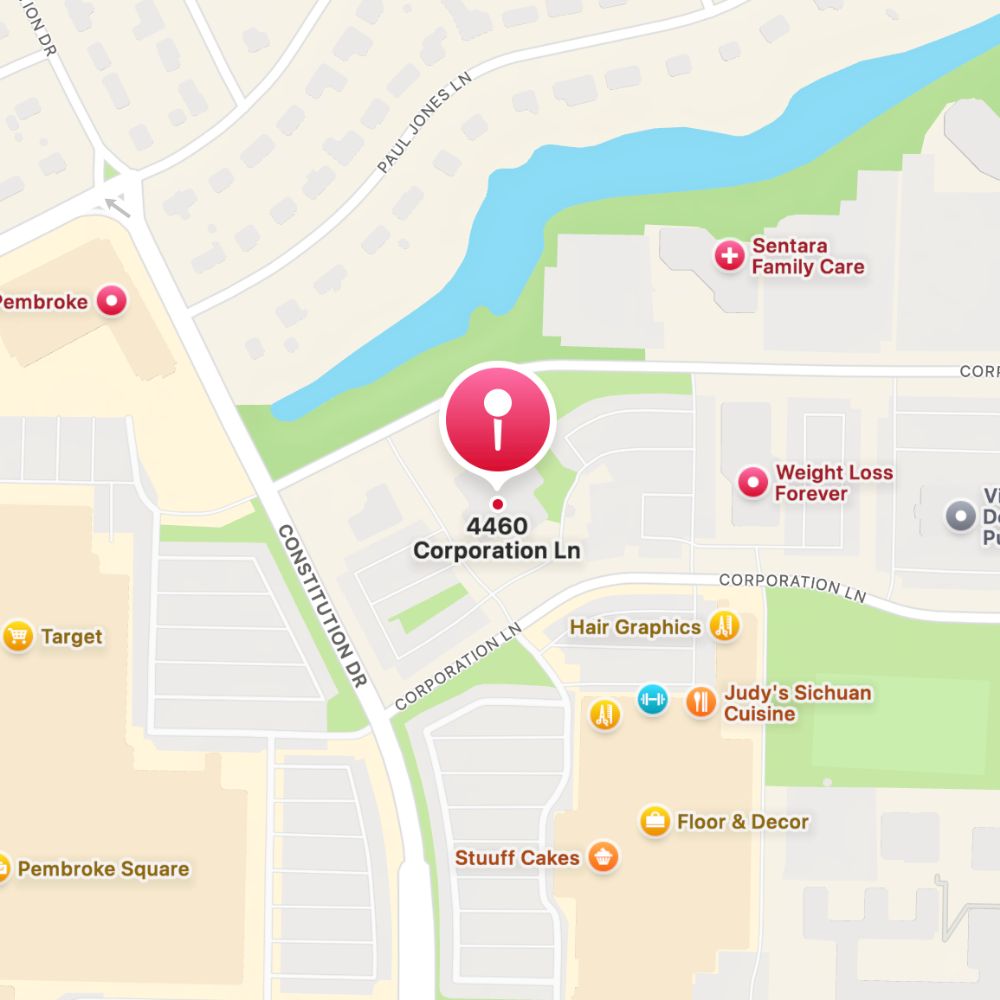Eye Movement Desensitization and Reprocessing (EMDR)
EMDR is based on the theory that we process information and events during REM sleep, a stage in normal sleep where the eyes move rapidly back and forth. This is the time that our brains process information and events and try to file the memories away with whatever is most closely associated with it. When new information/events come into the brain, the brain asked 2 questions: Is this relevant? And What is it most closely associated with? If the information/event is not relevant, the brain will discard it. If the brain decides that it is relevant, it will file the information/events with the things most similar to it. When trauma happens, that process is interrupted and the information/events gets “frozen” in the nervous system because the brain doesn’t know what is important and what is irrelevant. It also doesn’t know what it is mostly closely associated with, so it dumps the trauma memory “on the floor of the brain.”
EMDR is a therapeutic process of activating bilateral stimulation (bi meaning “two” and lateral meaning “across” the brain) while the client is awake and fully in control. This bilateral stimulation (BLS) tells the brain to “go to work” and start cleaning up the mess “on the floor.” With BLS, the brain can naturally figure out what is irrelevant in the trauma and discard it and determine what is important and where to file it away. The goal is for the client to reach a state of having no negative emotions and no negative body sensations associated with the traumatic memory, but instead have a positive belief about the self in that traumatic memory.
